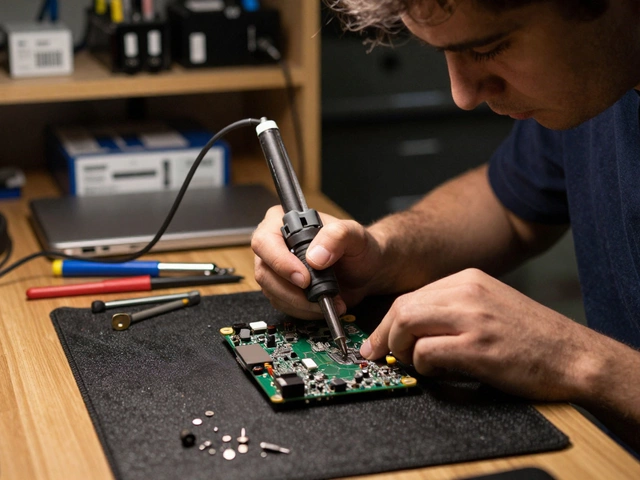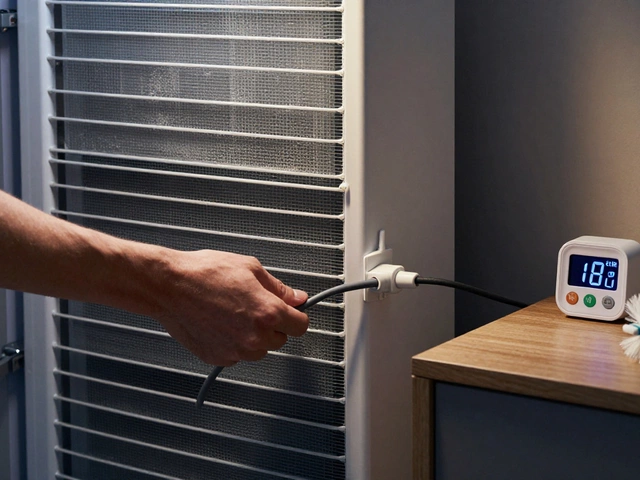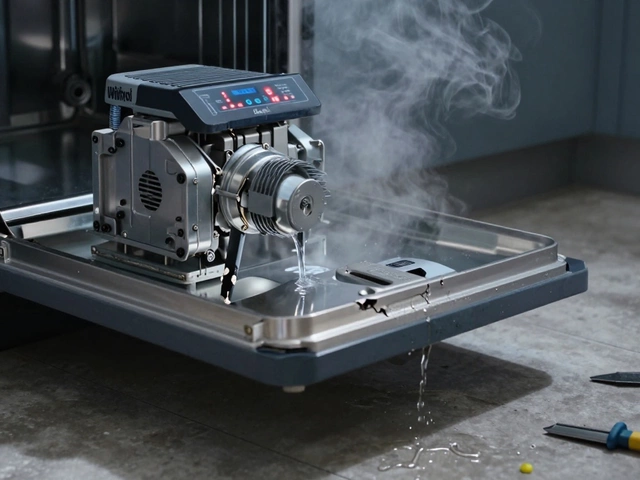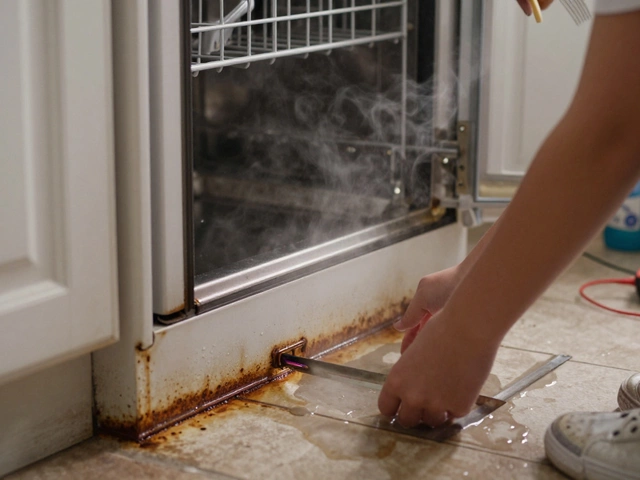Replace Microwave: When to Do It and How
When you need to replace microwave, the process of taking out a faulty microwave and fitting a new unit. Also known as microwave replacement, this task restores full cooking power and safety to your kitchen.
Most households rely on their microwave oven, a compact electric appliance that quickly heats food as a daily workhorse. Over time the magnetron can lose efficiency, the door latch may fail, or the control board can go dead. When you notice uneven heating, strange odors, or error codes that won’t clear, those are clear signs the appliance has reached the end of its useful life. As a kitchen appliance, it should improve convenience, not cause frustration, so recognizing the right moment to act saves time and money.
Key Factors to Consider Before You Start
Deciding to replace microwave yourself means you’ll need the right tools: a screwdriver set, a voltage tester, and possibly a drill for mounting brackets. Safety is non‑negotiable – always disconnect power at the breaker before touching wires. The act of replacing a microwave requires proper tools and a clear workspace and directly influences how quickly you can get back to cooking. If the new unit is the same size, the swap is usually straightforward; larger models may need new countertop cuts or cabinet modifications.
While DIY can cut labor costs, a professional service brings expertise that prevents costly mistakes. A qualified technician knows how to test the incoming voltage, ensure the grounding is correct, and verify that the new microwave complies with local regulations. The cost of hiring a pro includes labor, disposal of the old unit, and sometimes a warranty on the installation. When you weigh the price of parts against labor, you’ll see that professional help often pays off for complex installations or when the existing wiring is outdated.
Environmental responsibility also plays a role. Many local councils offer free appliance recycling, and some retailers take back old microwaves for proper disposal. Proper recycling prevents harmful metals from entering landfills and may even qualify you for a discount on the new purchase. So, part of the replacement decision is planning how to responsibly discard the old unit while staying within budget.
Finally, think about the features you want in the new microwave. Modern units offer inverter technology for even cooking, sensor menus that adjust power automatically, and easy‑clean interiors. Matching the size to your space, confirming the venting clearance, and checking the power rating (usually 1100‑1200 W for countertop models) ensure the replacement fits seamlessly into your routine.
Below you’ll find a curated collection of articles that walk you through troubleshooting, cost breakdowns, DIY step‑by‑step guides, and advice on when calling a professional is the smarter move. Whether you’re a hands‑on homeowner or prefer expert help, these resources will give you the confidence to make the right choice for your kitchen.
Microwave Lifespan: How Long Do Microwaves Usually Last?
- Alden Wilder
- Oct 16 2025
- 0 Comments
Learn how long microwaves typically last, what parts wear out, when to repair or replace, and tips to extend their life.
View More




